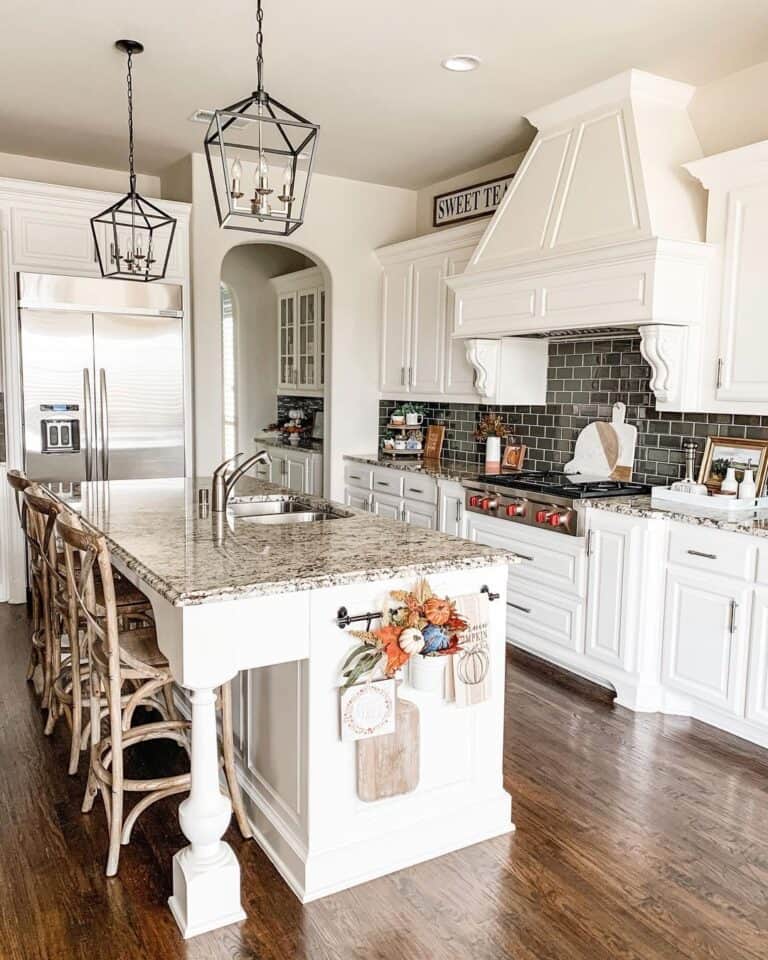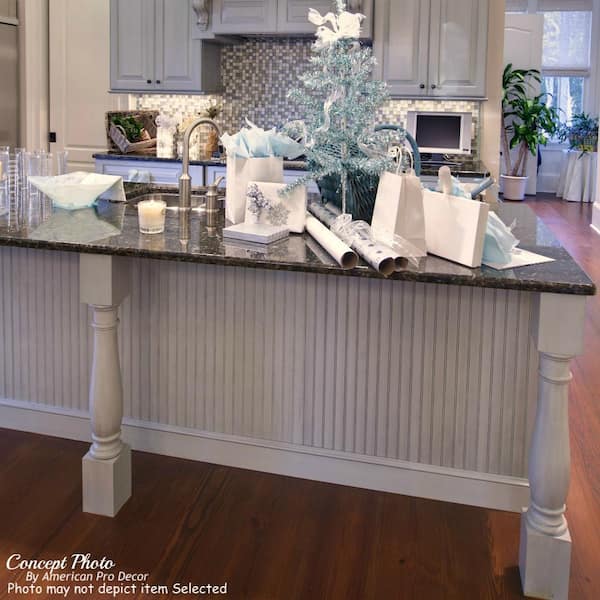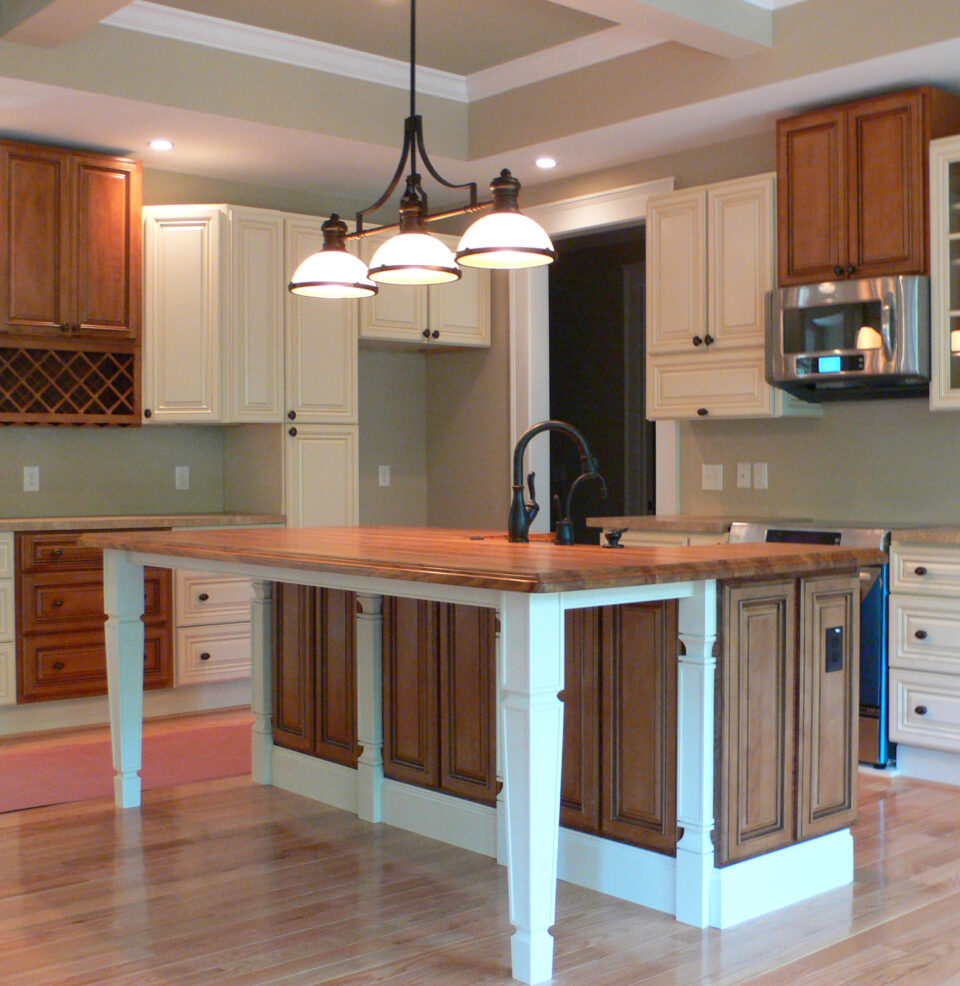Custom Kitchen Island Legs to Suit Your Kitchen Visual
Custom Kitchen Island Legs to Suit Your Kitchen Visual
Blog Article
Essential Tips for Selecting the Perfect Dining Table for Your Kitchen Area
Selecting the perfect eating table for your cooking area is even more than just an issue of preference; it requires a detailed understanding of your room and demands. Begin by gauging your available space to make sure adequate clearance for activity. The form of the table plays a critical function; while rectangular tables suit bigger areas, rounded ones foster intimacy, and extendable choices provide flexibility. Product option is equally crucial, with woods supplying toughness and glass financing a modern touch. Ultimately, the table should integrate with your kitchen area's looks and fit your family pleasantly. What other variables might influence this vital decision?
Step Your Space
Selecting the suitable eating table starts with a thorough analysis of your readily available room. This fundamental action makes certain that the table not just fits comfortably within the room but also complements the overall format and capability of your eating location.
Think about the flow of activity around the table. It is necessary to leave ample space for chairs to be drawn out and for people to move around the table without blockage. A basic guideline is to enable at least 36 inches of clearance from the edge of the table to the nearest wall surface or furniture. This guarantees convenience of access and comfort during meals.
Additionally, assume regarding the variety of people you normally captivate and whether you require additional room for guests. Deciding for an extendable table can supply flexibility, permitting you to fit differing numbers of diners. By accurately gauging your space, you lay the foundation for selecting a table that boosts both the visual appeals and capability of your dining location.
Choose the Right Forming

On the other hand, round tables are superb for smaller sized cooking areas or intimate events, as they advertise conversation by permitting every person to encounter each other. They also supply a feeling of comfort and can fit well in tighter spaces as a result of their lack of sharp edges. Oval tables supply the best of both globes, combining the size of rectangular tables with the intimacy of rounded ones, making them functional for various settings.
Square tables are one more choice, specifically fit for square-shaped rooms. They create a in proportion and modern-day look, fostering an equivalent eating experience for all seated. They may be less functional for bigger celebrations unless they come with expansions. Inevitably, the shape you select need to straighten with your area dimensions and lifestyle to make certain both kind and function.
Material Considerations
When selecting an eating table, product considerations are extremely important in figuring out the table's longevity, maintenance requirements, and overall visual. Wood is a timeless option, providing timeless appeal and robustness.
Glass-topped tables give a modern-day, smooth appearance and can make a space show up bigger as a result of their transparency. They need constant cleaning to protect against spots and finger prints. Furthermore, toughened up glass is suggested for its extra stamina and safety and security.

Last but not least, composite materials like MDF (Medium-Density Fiberboard) or plywood are economical choices. These products can imitate the look of strong wood yet may not offer the very same long life. They are usually less complicated to clean but can be at risk to water damages if not effectively secured.
Inevitably, the option of material must line up with your kitchen's design, your way of life needs, and your budget plan constraints. (kitchen island legs)
Seats Capacity and Convenience
Exactly how do you identify the right seats ability and comfort for your table? This vital step involves analyzing both the physical room available in your cooking area and your house's useful needs. Begin by measuring your kitchen location to make sure the table fits easily, enabling a minimum of 36 inches website link of clearance around it for easy activity. Think about the variety of individuals that usually eat together, as this will certainly influence the table dimension. For a family members of 4, a rectangle-shaped table of 48 inches long or a round table with a 48-inch diameter is normally enough.
The elevation of the table ought to preferably be around 30 inches, offering a balanced ergonomic position for seated restaurants. Chairs ought to have a seat elevation of 18 to 20 inches to make sure a comfortable eating posture.
Style and Visual Appeal
Choosing a table that suits your style and aesthetic appeal includes balancing personal taste with the existing decor of your dining space. The table is typically the centerpiece of the kitchen area, and its style ought to complement the total motif of the room. Whether your kitchen flaunts a contemporary, minimalist look or a rustic, farmhouse charm, the table you pick must balance with these elements to develop Full Report a natural and inviting atmosphere.
Take into consideration products very carefully; wood offers a classic charm and can range from rich mahogany for a typical want to lighter oak for a contemporary feeling. Steel and glass tables, on the other hand, can present a streamlined, commercial edge to your cooking area. Do not neglect the table's shape-- rectangular tables are functional and traditional, while round and oval alternatives can promote a more intimate dining experience.
Additionally, pay attention to finishes and information. A distressed coating may add personality and heat, whereas a shiny surface can add to a clean, modern visual. Eventually, your dining table must not only in shape effortlessly into your cooking area's style but also mirror your personal design, boosting the space both functionally and aesthetically.
Conclusion
In verdict, selecting the optimal dining table for a kitchen area necessitates careful examination of area, shape, material, seating capability, and aesthetic consistency. Eventually, an appropriate dining table fosters a welcoming atmosphere and accommodates the household comfortably, thus enhancing the dining experience.

When choosing a dining table, material factors to consider are vital in determining the table's durability, maintenance requirements, and total aesthetic. For a household of 4, a rectangle-shaped table of 48 inches long or a round table with a 48-inch diameter is typically adequate.
Do you could check here not overlook the table's shape-- rectangular tables are functional and timeless, while round and oval choices can cultivate an extra intimate dining experience. kitchen island legs.
Report this page